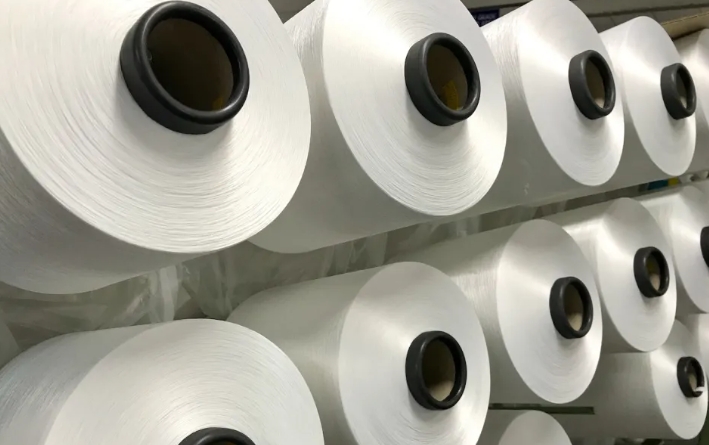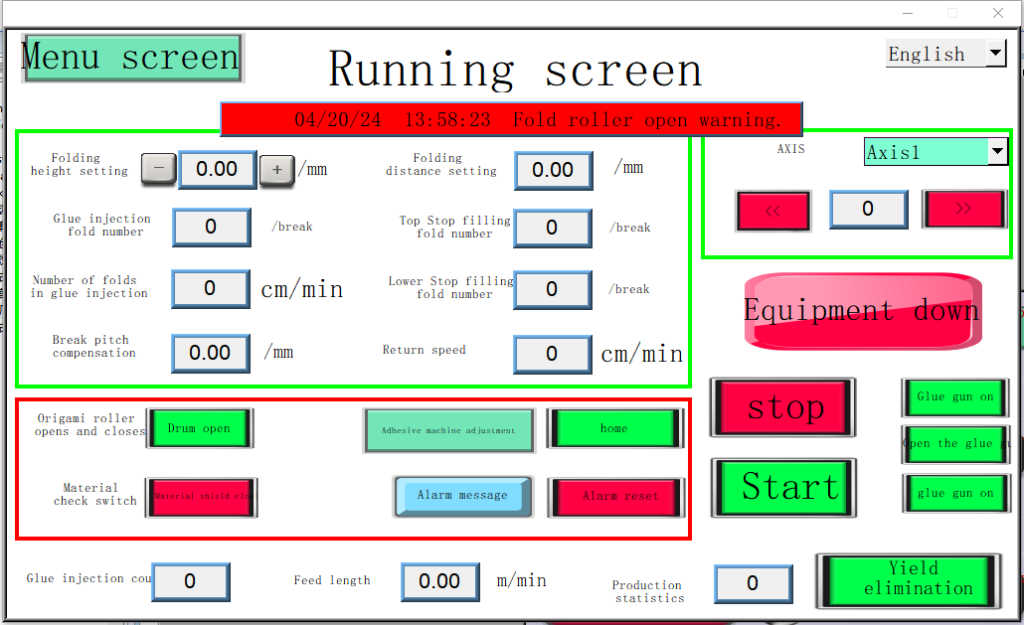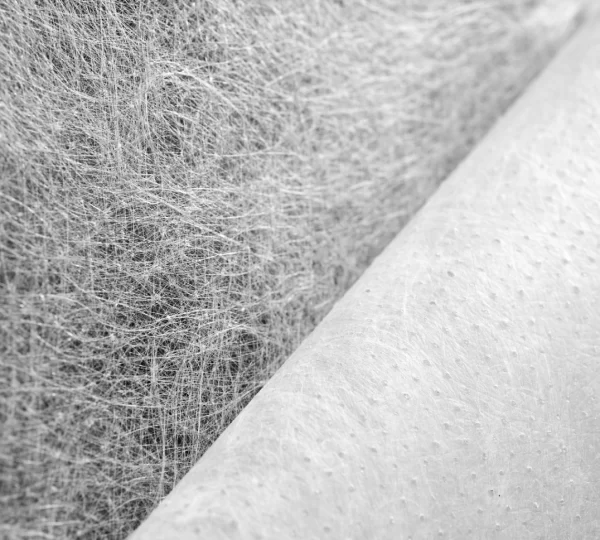When manufacturing air filters, much waste is often generated due to problems with filter production equipment, mainly on air filter pleating machines. We can minimize this waste through design improvements and optimized operations. This blog post will explore how the air filter pleating machine provided by Dahe Intelligence can reduce filter material waste and offer various strategies. These technologies help improve cost efficiency and contribute to sustainable manufacturing practices, which are becoming increasingly important in today’s environmentally conscious market.
Air filter pleating machines and their role in waste generation
To effectively reduce filter material waste, it is first necessary to understand how air filter pleating machines work and where material waste usually occurs. Their primary function is to fold the filter material into pleats to maximize the surface area while maintaining its structural integrity for optimal filtration.
The pleating process requires precision because the machine must strictly control the spacing, depth, and number of pleats. So, slight changes in machine settings or material quality can lead to waste. Common types of waste include excess material when the material exceeds the required length of the machine, incorrect pleating depth, and misaligned pleats. Dahe Intelligent equips its air filter pleating machines with features like observation windows on the front and rear boxes, which help reduce waste. These windows enable operators to easily monitor the pleating process in real-time, adjust settings immediately, and avoid common problems that lead to material waste.
Optimizing machine settings to reduce material waste
Reducing material waste in air filter pleating machines can also optimize machine settings. Operators must set pleating depth, spacing, and height critically to ensure they use materials as efficiently as possible. Dahe Intelligent’s air filter pleating machine has adjustable settings. The workbench uses a stepper motor to drive the linear guide up and down to adjust different pleating heights. It can also be fine-tuned according to material specifications, pleating requirements, and filter design. In addition, by closely monitoring and adjusting machine settings, manufacturers can significantly reduce material waste and ensure that every cut and pleating is efficient.
Using advanced technology to monitor and control the working process of air filter pleating machines
Technological advances such as automatic control and sensors have significantly improved the accuracy and efficiency of air filter pleating machines. These technologies can help reduce filter material waste by providing real-time feedback and automatic adjustments during the production process.
Sensors equipped with air filter pleating machines monitor the material as it is being pleated. These sensors can detect inconsistencies in pleat depth, material tension, or alignment and automatically adjust the machine’s settings to correct the problem. This advanced automation ensures that the pleating process is precise and that no material is wasted due to errors or inefficiencies. The automated monitoring system can also alert operators when it detects potential issues, enabling them to take corrective action immediately before material waste occurs.
Reduced Waste with Quality Filter Materials
The quality of the filter material itself plays a significant role in the amount of waste generated during the pleating process. Low-quality material may not hold its shape correctly, causing difficulties during the pleating process. This can result in waste due to defects, misalignment, or uneven pleats. Using high-quality, consistent material reduces the risk of material waste and increases the overall efficiency of the pleating process. Materials designed for a specific pleating machine are generally more compatible, easier to handle, and less likely to require adjustments during production.
Perform Regular Maintenance
Finally, a key factor in reducing filter material waste is regular maintenance and continuous improvement of the air filter pleating machine. Over time, wear and tear on the machine can lead to inefficiencies, such as misaligned pleats or improper tension, which can result in waste.
By performing regular maintenance on air filter pleating machines, manufacturers can ensure that the equipment operates optimally while minimizing the risk of material waste. This includes inspecting the pleating rollers, adjusting settings, and properly calibrating the viewing window for real-time monitoring. In addition to regular maintenance, continuous improvement strategies can help further reduce material waste.
Keeping Material Waste to a Minimum
Reducing filter material waste in air filter pleating machines is an ongoing process that involves optimizing machine settings, implementing new technologies, and maintaining materials and equipment. By employing these strategies, filter manufacturers can reduce waste and improve their operations’ overall efficiency and profitability.






